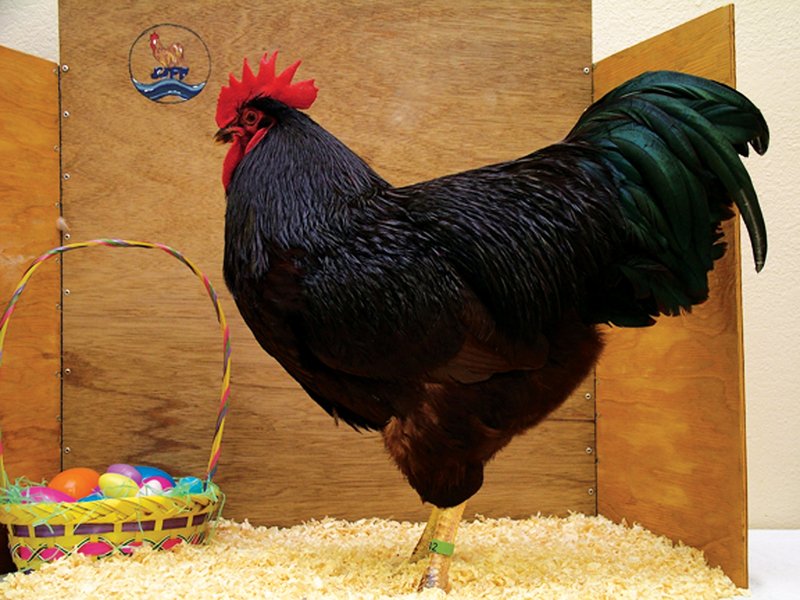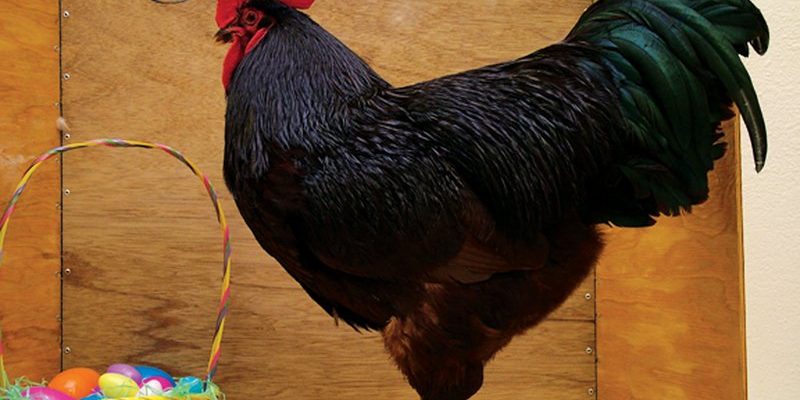
Imagine sitting around a fire, sharing tales of the past. You might hear about how the Rhode Island Red helped families survive tough winters or contributed to local festivals. This chicken isn’t just a breed; it’s a thread that weaves through the fabric of community life. From Native American legends to tales of early American settlers, the Rhode Island Red symbolizes more than just poultry. Let’s explore how these birds became entrenched in local cultures and the folklore that surrounds them.
The Origins of the Rhode Island Red
To understand the Rhode Island Red’s cultural significance, it’s important to know where it all began. This breed originated in the early 19th century in the United States, specifically in Rhode Island. Farmers needed a bird that was both hardy and productive. The Rhode Island Red was the answer, providing a reliable source of eggs and meat, even in harsh winters.
You might be wondering why this breed gained such popularity. Well, it’s all about adaptability. The Rhode Island Red can thrive in various climates and conditions, making it a favorite among small farmers and homesteaders alike. Its resilience mirrors the spirit of the communities that raised them—hardworking and resourceful.
As these birds spread across the country, they brought with them stories of survival and prosperity. They became part of family farms, local fairs, and even competitive shows. Everyone seemed to have their own tales of a Rhode Island Red that laid eggs when times were tough or provided nourishment during hard seasons.
Rhode Island Reds in Folklore and Mythology
Local cultures often turn to animals for inspiration in folklore, and the Rhode Island Red is no exception. In many rural areas, stories about the bird revolve around their virtues: hardiness, reliability, and nurturing instincts. You might hear folk tales about a particular hen that saved a family from starvation, laying an abundance of eggs just when they needed it most.
In Native American cultures, chickens were often viewed as symbols of fertility and abundance. The Rhode Island Red, with its impressive egg-laying capabilities, became a mascot of sorts for these values. Many tribes used birds in their rituals and storytelling, creating rich narratives that highlighted the importance of nature and agriculture.
One fascinating story involves a mythical Rhode Island Red hen that would guide lost travelers home. Villagers believed that spotting this distinctive chicken would bring good luck, guiding people safely through the wilderness. These tales weren’t just about the chickens; they were about community, survival, and the interconnectedness of life.
Historical Significance in Local Communities
The Rhode Island Red represents more than just a breed of chicken; it embodies the history of rural America. As families settled in different areas, they brought their Rhode Island Reds with them, creating a shared heritage across the nation. These birds became integral to farming practices, often being traded or gifted as symbols of goodwill.
In times of crisis, such as the Great Depression, the Rhode Island Red played a crucial role in sustaining families. Those who raised them were often better equipped to endure tough times, thanks to the consistent supply of eggs and meat. Stories of families thriving because of their flock became legend, solidifying the chicken’s place in local culture.
You can still see evidence of this at local fairs, where Rhode Island Reds often shine in competitions. Farmers take pride in showcasing their birds, sharing stories of their lineage and experiences. These events celebrate not just the chicken but also the hardworking folks who keep the tradition alive.
The Impact on Modern Homesteading
In recent years, there’s been a resurgence of interest in backyard farming and homesteading. The Rhode Island Red is often the go-to choice for new chicken owners. Why? Because they’re friendly, adaptable, and excellent layers.
Many people share their journeys online, posting pictures of their Rhode Island Reds and recounting their daily adventures. You might stumble upon a blog post about a family’s experience with their first flock or a YouTube channel dedicated to raising chickens. Each story contributes to a growing community that values sustainability and self-sufficiency.
As these birds grow in popularity, they reinforce the traditions of the past while adapting to modern lifestyles. This blend of old and new keeps the Rhode Island Red relevant in today’s culture, ensuring their stories are passed down through generations.
Symbols of Resilience and Community
The Rhode Island Red isn’t just a breed; it’s a powerful symbol of resilience and community spirit. It represents the ability to thrive even in challenging circumstances. For many, owning a Rhode Island Red is a reminder of the strength of their ancestors and the importance of self-sustenance.
These birds bring people together, whether it’s through sharing eggs, trading breeding stock, or simply chatting with neighbors about chicken care. Community gatherings often feature these birds, whether it’s a local fair or a potluck dinner. They serve as a focal point for stories, laughter, and camaraderie.
Additionally, many local traditions revolve around the nurturing qualities of the Rhode Island Red. From egg hunts during spring festivals to themed fairs where community members showcase their birds, these events celebrate both the breed and the relationships it fosters.
So, what’s the takeaway when we look at the Rhode Island Red? It’s not just about chickens; it’s about the stories, the culture, and the communities that surround them. These birds have woven themselves into the fabric of local life, from myths and folklore to modern homesteading practices.
As you think about the Rhode Island Red, remember that it represents resilience, community, and a connection to our agricultural roots. Next time you see one, consider the rich history and the tales that come with it. Owning or even just appreciating a Rhode Island Red means connecting with a lineage that spans generations, celebrating the simple yet profound role these birds play in our cultural narrative.

